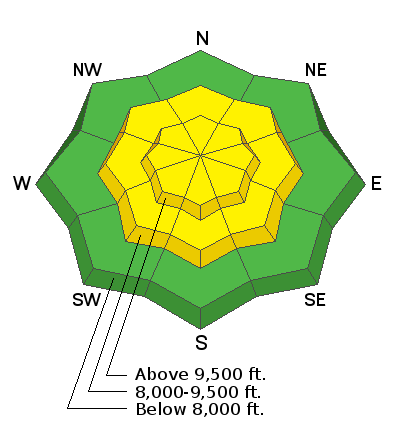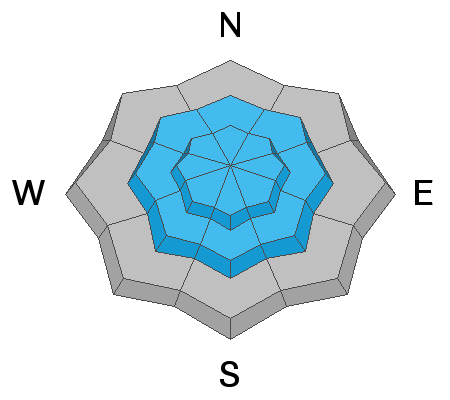The report from last Friday's avalanche accident in the La Sals is finished and can be found
HERE. Our deepest condolences go out to the family and friends affected by this accident.
New blog post -
I AM Dangerous (
link). This is a conversation/collaboration with the writer Molly Absolon in the Tetons. Thanks Molly.
Skies are clear, ain't it a shame.*
Mountain temps are in the mid 20s.
Winds are west-northwesterly, blowing 5-10mph.
In 1976, Dave Hanscom and Alexis Kelner published
Wasatch Tours, a backcountry skiing guidebook "intended for a rather limited population of skiers who practiced their sport mostly in the proximity of the Central Wasatch". They later published two complementary books that expanded into terrain outside of the central Wasatch. Each are a gem (the books as well) and the reader quickly grasps the passion and love of skiing that each brought to these wonderful books. In their books, they recommend - when the avalanche conditions are suitable - a
SuperTour - a long outing among the high peaks and covering lots of ground. I hope you've gotten yours. (pc:McLean)
None. We continue to find large natural avalanches from during or just after the blockbuster weather event on the 17th and again on the 21st. The largest natural noted on the western flank of Timpanogos but others noted in the Cascade and Mill Canyon Peak areas. (pc: UDOT Provo Canyon)











